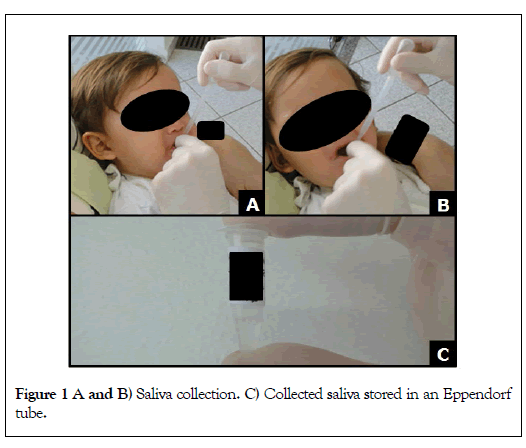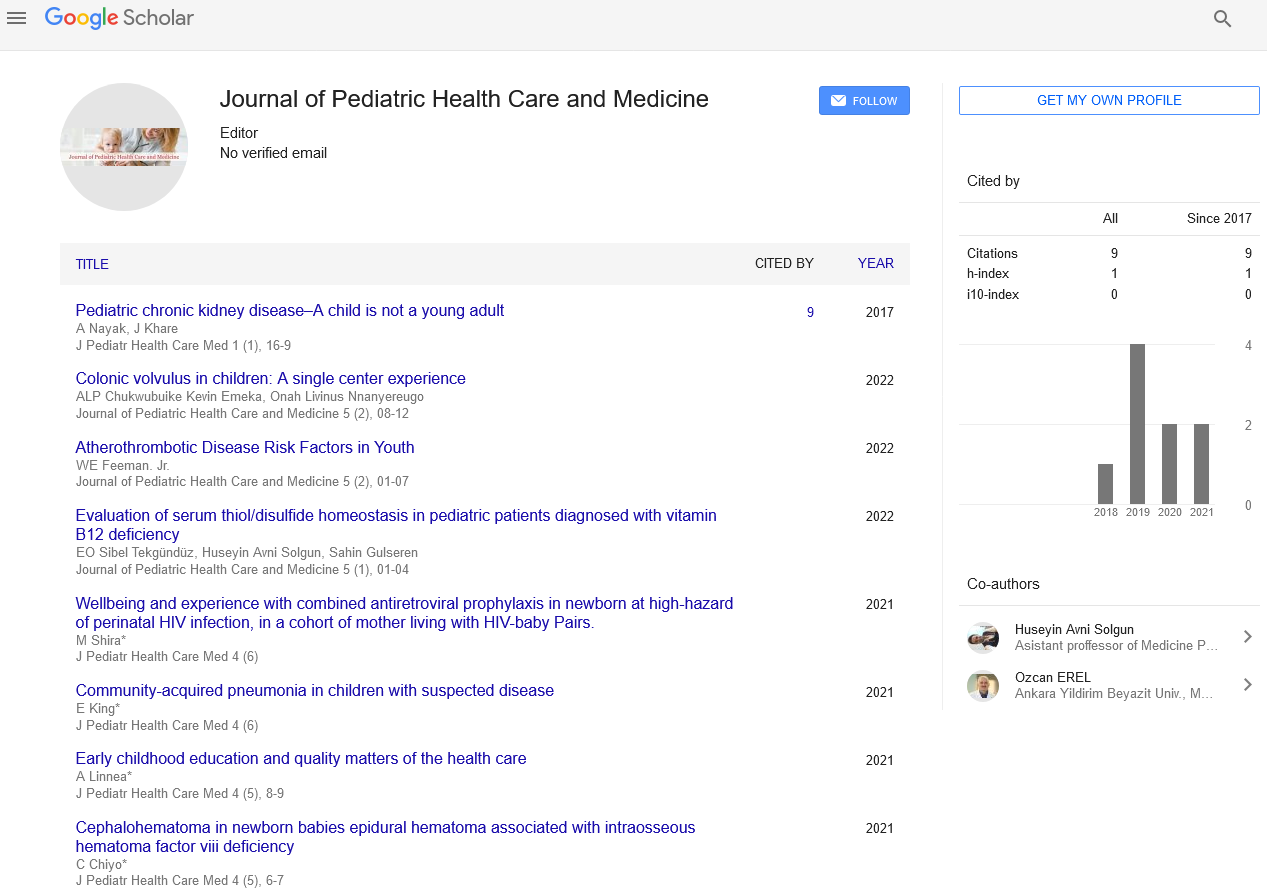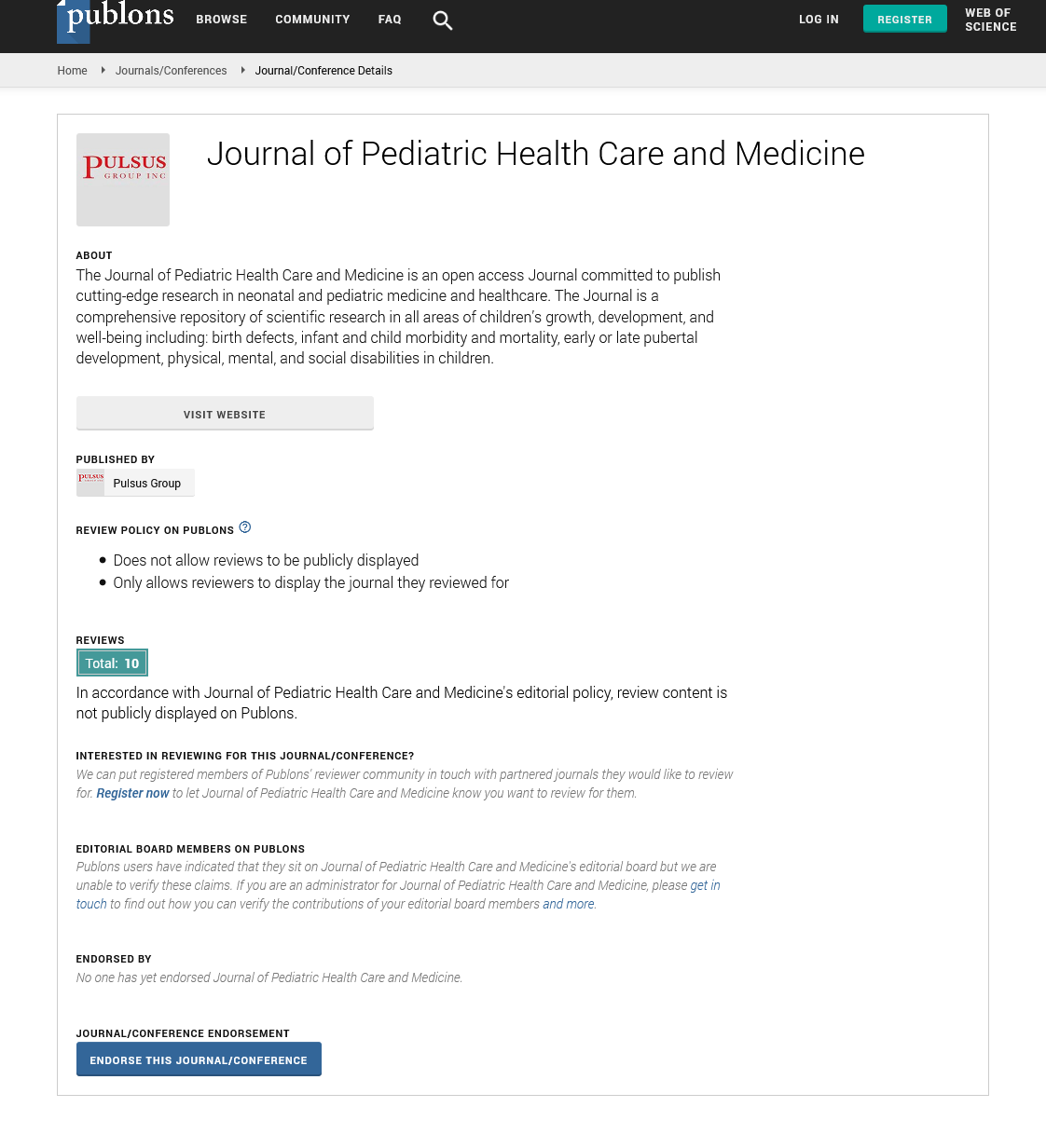Saliva Collection in an Infant with Cleft Palate: Description of Technique
Received: 26-Oct-2017 Accepted Date: Oct 30, 2017; Published: 06-Nov-2017
Citation: Palone MRT. Saliva Collection in an Infant with Cleft Palate: Description of Technique. J Pediatr Health Care Med 2017;1(1):7.
This open-access article is distributed under the terms of the Creative Commons Attribution Non-Commercial License (CC BY-NC) (http://creativecommons.org/licenses/by-nc/4.0/), which permits reuse, distribution and reproduction of the article, provided that the original work is properly cited and the reuse is restricted to noncommercial purposes. For commercial reuse, contact reprints@pulsus.com
Keywords
Saliva; Infant; Cleft palate
Introduction
This is the case of a one-year-old infant, male, with cleft palate. Palatoplasty was successfully performed following the protocol of the Hospital for Rehabilitation of Craniofacial Anomalies (University of São Paulo, Bauru, Brazil). The day before surgery, a sample of saliva of the infant was collected for microbiological analysis, using a sterilized plastic pipette (Figure 1). For this purpose, the infant was seated on the mother’s lap (Images A and B). The collected saliva was stored in a proper container (Eppendorf tube) for the polymerase chain reaction (PCR) (Image C). It is important also to mention that such sample in Eppendorf tube was previously transported to a laboratory and maintained at -80 degrees Celsius, until the microbiological analysis (through PCR) could be carried out [1]. As can be seen, this is a simple, effective and safe technique for collecting saliva in infants. It can be useful for researches, as well as for a clinical routine use.
Note: In the presented case, the saliva was collected from the mouth floor. All these steps followed the protocol previously published by Palone, Vargas and Silva (2016) [1].







